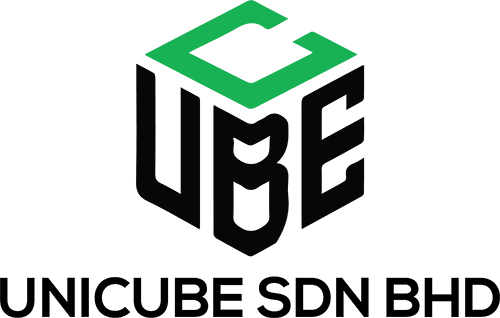The progressive opening of frontiers and the development of international trade have exposed both producer and consumer to a wide variety of products and brands of diverse origins. Such a situation has increased the choice opportunities offered to consumers and engaged companies into a fierce competition race. However, when faced with such a plethora of products, the consumer has to be the judge and arbitrator. Hence, the question to be asked is which products are authentic?
Global counterfeiting is being driven by the increased industrialization, technologies, the impact of the internet, vulnerable supply chains and the power of consumerism. While the European Union and North America will always be in the crosshairs of the counterfeiters, it’s in the economies of India, China, and Eastern Europe where counterfeiting has become most prevalent, and brand sanctity faces some of its biggest threats.Counterfeiters are putting more and more effort into producing counterfeit items that look almost exactly like the original one. Therefore, it is becoming more and more difficult to protect your brand from counterfeit.
In fact, billions of dollars are on the line for companies as they seek ways to ensure that the products sold with their logos and branding are authorized and authentic. The proliferation of counterfeiting requires brand owners and their printing partners to work together to create a multi-layered protection plan so that their packaging and labels protect their brands and deter those trying to profit at their products.
How brands are fighting back against counterfeiting?
Using today’s digital printing technologies that build security and anti-counterfeiting measures into the design of the packaging and labels from the beginning can substantially increase a brand owner’s confidence that their products won’t be stolen or their reputation damaged. The investment in these measures is quite reasonable, and many of these measures are integrated directly into the digital printing process.
As such, it’s no surprise that holography has arisen to become one of the most effective, easy-to-use and accessible brand protection technology. The technology’s ability to incorporate various data forms and product tracking information is becoming increasingly important, and commercially acceptable, with the added bonus of being able to link on-pack product identification with supply chain management, market enforcement and forensic support services.
New imaging techniques and combinations of other overt authentication technologies with holograms are producing a sophisticated new generation of optical security devices that combine ease of recognition advantages with significantly enhanced resistance to counterfeits. This enables the identity and distribution of goods to be controlled through an expanded system solution involving security authentication features, tracking mechanisms and investigative facilities.
Nevertheless, preventing counterfeiting of packaged products is highly important as advancements in technology and e-commerce selling platforms have enabled the growth of counterfeit products. As a result, these goods are prevalent in a variety of industries especially pharmaceutical, food and beverage. Counterfeit products negatively impact brand revenue, reputation and even consumer health. Hence, there are many package and label options such as hologram foil, tamper proof label and destructive label that are designed to protect products from counterfeit. Labels are one of the most recognizable ways for consumers to know that the product is legitimate. This can ultimately improve brand protection, as well as trust in the product’s authenticity.



